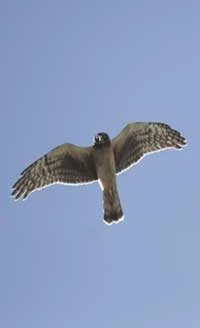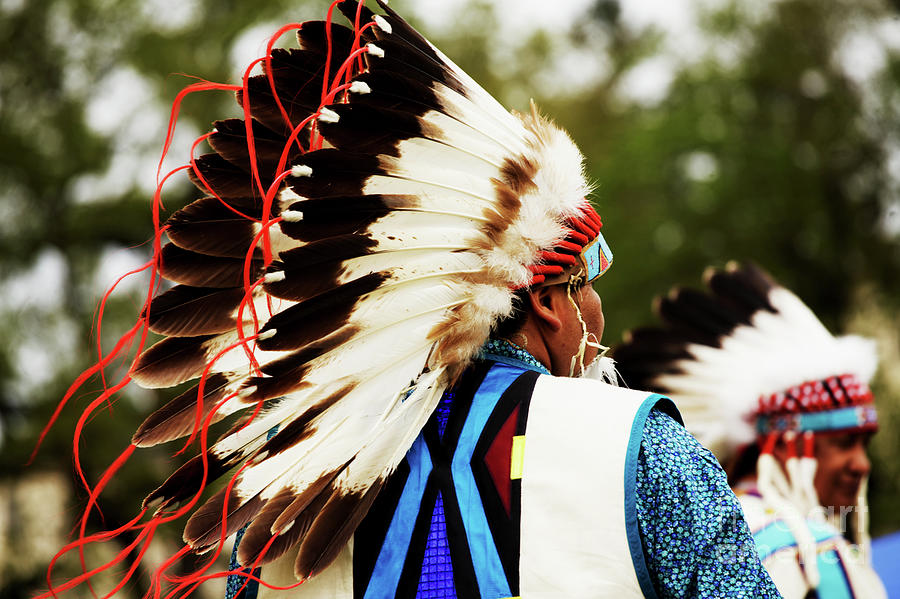 Prior to doing this make sure you have all of your work backed up, preferably on another HDD (Hard Disk Drive)or on DVD. Only then will you feel like soaring.
Prior to doing this make sure you have all of your work backed up, preferably on another HDD (Hard Disk Drive)or on DVD. Only then will you feel like soaring.As 2008 runs out of steam, and 2009 is about to emerge, we are faced with some of the same challenges as well as some added ones. In considering these I always look at what I have done to my PC in adding tons of image files. If I had to consider only these images I should be Analyzing & Defragging our HDD's every 30 days. But there is so much more to consider when it comes to how well our PC's work.
Consider that every upload, every download, every file added or deleted, every profile change on your pc, every screensaver added or changed or deleted, every email written, received, read & trashed, then dumped, in short, every action a PC takes has potential for losing bits of data, albeit small amounts, but these add up. Now let's add what we do to our images; my workflow includes ingesting the files into my image browser, I use Adobe's Bridge, and adding the metadata, keywording, starring the ones I like, deleting the one's I don't, then naming the folders & opening and saving each image I wish to work on that I feel has potential for use on a magazine page or in an online gallery for sale and then by necessity, changing the actual format from Raw to whatever the market demands, JPG, TIF PNG and so on.
Each of these workflow actions acts also to defrag tiny amounts of data while we are organizing them. So if it were for only this we need to analyze and defrag our HDD's monthly. But as mentioned above it is for everything we do on our PC's that demand we continue to practice good management methods on a very regular schedule.
Oh what a pain you say. Yes there are some painful steps taken and you must not allow anyone on the PC when it is happening, meaning you can't check your email or go shopping or upload photos or download music, etc. While it is true that it is without a doubt best that you consider you PC OFF_LIMITS during the process, you can briefly and occasionally interrupt the defragging, by simply clicking on the Pause button. I hear it is fine to do this, just don't overdo it. Here I am adding the Overview directly from the Window's 'Microsoft Management Console:
Disk Defragmenter overviewDisk Defragmenter analyzes local volumes and consolidates fragmented files and folders so that each occupies a single, contiguous space on the volume. As a result, your system can access files and folders and save new ones more efficiently. By consolidating your files and folders, Disk Defragmenter also consolidates a volume's free space, making it less likely that new files will be fragmented. The process of consolidating fragmented files and folders is called defragmentation.
The amount of time that defragmentation takes depends on several factors, including the size of the volume, the number and size of files on the volume, the amount of fragmentation, and the available local system resources. You can find all of the fragmented files and folders before defragmenting them by analyzing the volume first. You can then see how fragmented the volume is and decide whether you would benefit from defragmenting the volume. For step-by-step instructions describing how to analyze or defragment a volume, see To analyze a volume and To defragment a volume.
Disk Defragmenter can defragment volumes that are formatted with the file allocation table (FAT) file system, the FAT32 file system, and the NTFS file system.
OK now that you have read this all that is left is to pick a time when you are not likely to need your PC. I like analyzing, which normally should'nt take more than 10-20 minutes (only a guideline) then starting the Defragmentation just before hitting the rack. Here's the steps you'll need to take to perform this necessary task (I apologize to Mac users as this is strictly for the PC environment):
Here is the most common route; Start> All Programs> Accessories> System Tools> Disk Defragmenter. Another route is Control Panel> Performance and Maintenance> Administrative Tools> Computer Management> Storage> Disk Defragmenter> Analyze, then Defragment. What you most likely will see are Red, Blue, Green and White vertical bars all across the top bar left to right. What you want to see is mostly Blue and a lot of White. In order to get there Micorosoft recommends the following:
To open Disk Defragmenter, click Start, point to All Programs, point to Accessories, point to System Tools, and then click Disk Defragmenter.
You must be logged on as an administrator or a member of the Administrators group in order to complete this procedure. If your computer is connected to a network, network policy settings might also prevent you from completing this procedure.
You should analyze volumes before defragmenting them. This tells you whether you need to take the time to defragment them.
A volume must have at least 15% free space for Disk Defragmenter to completely and adequately defragment it. Disk Defragmenter uses this space as a sorting area for file fragments. If a volume has less than 15% free space, Disk Defragmenter will only partially defragment it. To increase the free space on a volume, delete unneeded files or move them to another disk.
You cannot defragment volumes that the file system has marked as dirty, which indicates possible corruption. You must run chkdsk on a dirty volume before you can defragment it. You can determine if a volume is dirty by using the fsutil dirty query command. For more information about chkdsk and fsutil dirty, see Related Topics (I'll add here that I know nothing of this utility so I avoid it, this is not a recommendation that you avoid it).
The time that Disk Defragmenter takes to defragment a volume depends on several factors, including the size of the volume, the number and size of files on the volume, the percentage of fragmentation in the volume, and available system resources.
You can defragment only local file system volumes, and you can run only one instance of Disk Defragmenter at a time.
To interrupt or temporarily stop defragmenting a volume, click Stop or Pause, respectively.
If you start Disk Defragmenter while performing a backup, Disk Defragmenter stops.
Ok that's about it. Then hopefully your PC (or Mac) will run faster and cleaner once this is done. And know that once done this becomes an easy routine to manage monthly. It should become one of the most common PC Maintenance Tools we use as Photographers. And while I am not a PC Guru, let me know if you have any questions. You can Comment below or go to About Me> About OutsideShooter for my email.

























